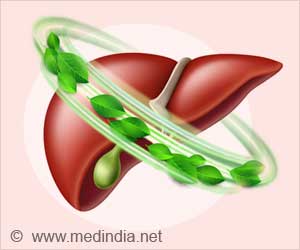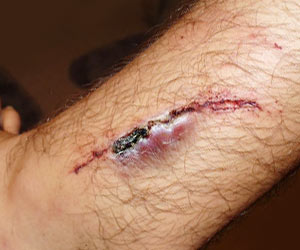Age itself appears to increase the spread of Alzheimer's-associated tau in the brain, said new study.

"The fact that sporadic Alzheimer's disease and other neurodegenerative disorders are age-related is evident, but the reasons why are unknown," says Bradley Hyman, MD, PhD, director of the Alzheimer's Unit at the MassGeneral Institute for Neurodegenerative Disease, senior author of the paper. "Existing animal models, such as mice born with a mutation predisposing them to accumulate tau-containing tangles as they age, cannot distinguish between whether the age of the animal or the lifetime exposure of the brain to increased tau is responsible for the pathologic effects."
To overcome this limitation, Hyman's team - including lead and co-corresponding author Susanne Wegmann, PhD, now at the German Institute for Neurodegenerative Diseases - developed a viral gene vector that induces expression of either pathologic or normal forms of human tau. The vector also applies a fluorescent label to neurons that directly express tau, enabling their differentiation from neurons containing tau that has spread from adjacent cells, which probably reflects how Alzheimer's tau pathology spreads through the brain.
The researcher first confirmed that introducing the vector into the entorhinal cortex (EC) - the brain structure where Alzheimer's-related tau pathology first appears - of mice could induce expression and spread of human tau, They then used the vector to induce expression in the EC of either the misfolded pathologic or the unmutated form of tau and found that, while the presence of the misfolded protein was not required for the spread of tau to adjacent cells, that spread was faster and more extensive when induced by misfolded tau.
Comparing the effects of inducing expression of the pathologic form of tau in the brains of young and aged mice revealed that the rate of spread from the EC to adjacent regions was around twice as high in the older mice, which also accumulated more misfolded tau than did younger animals. However, the same effects of induced tau expression were not seen when the vector was introduced into striatal neurons, which are rarely affected in Alzheimer's disease.
"Although age is the highest non-genetic risk factor for Alzheimer's, until now it has not been tested whether age by itself can render the brain vulnerable to pathologic changes and spread of tau," says Wegmann. "Now we and others need to work on the question of what makes the aging brain a better platform for tau spreading and what determines the vulnerabilities of certain brain regions."
Advertisement













